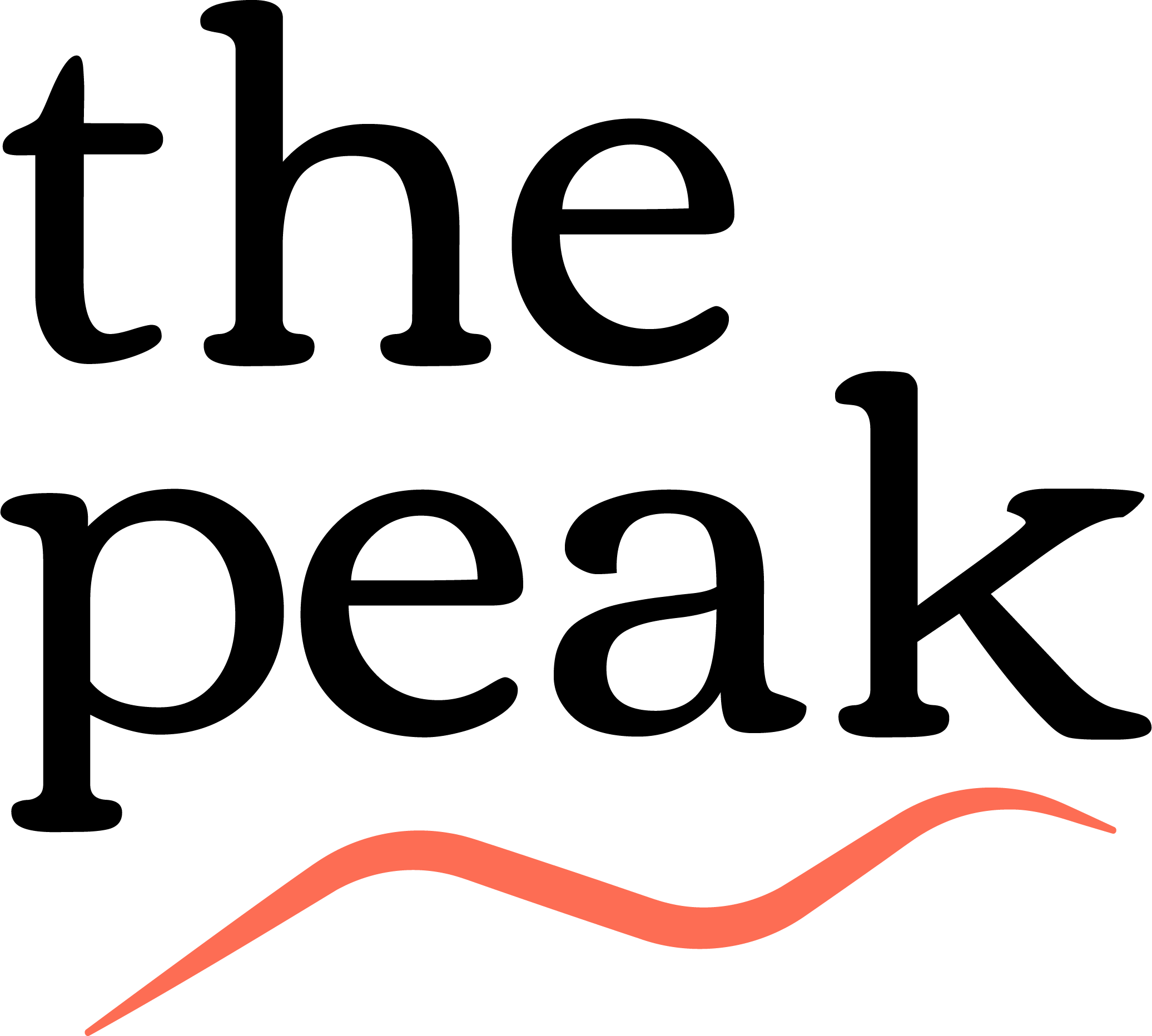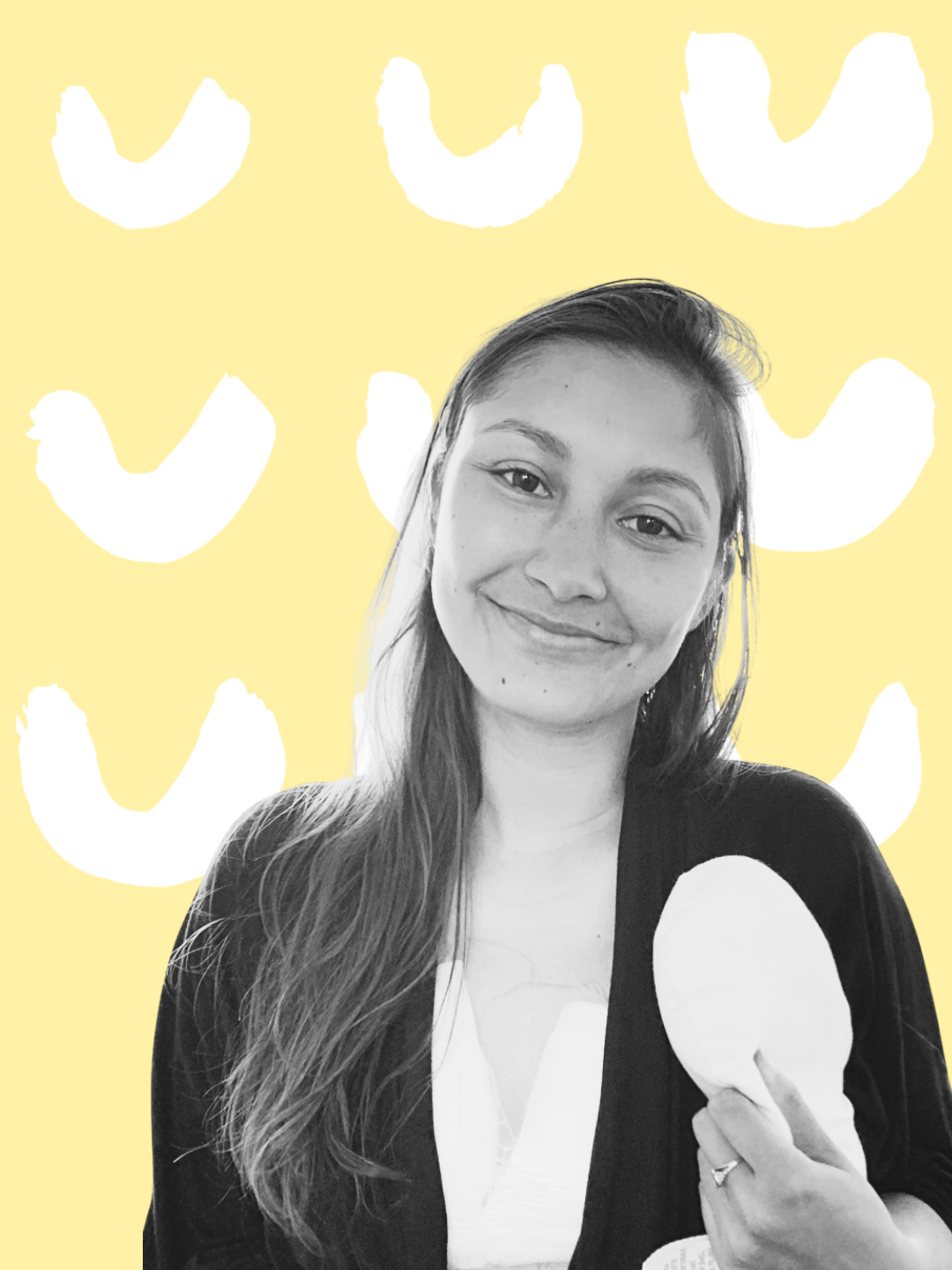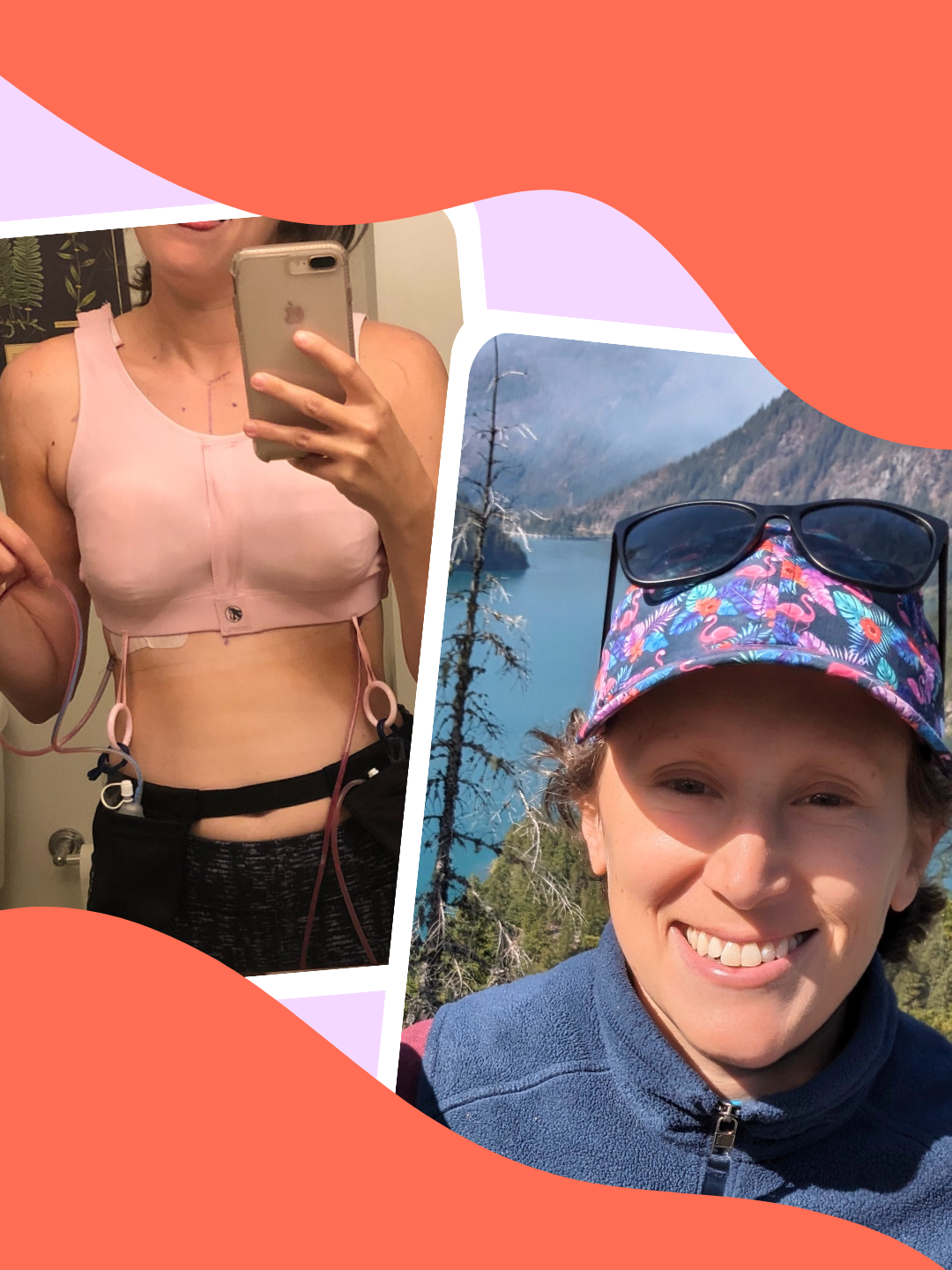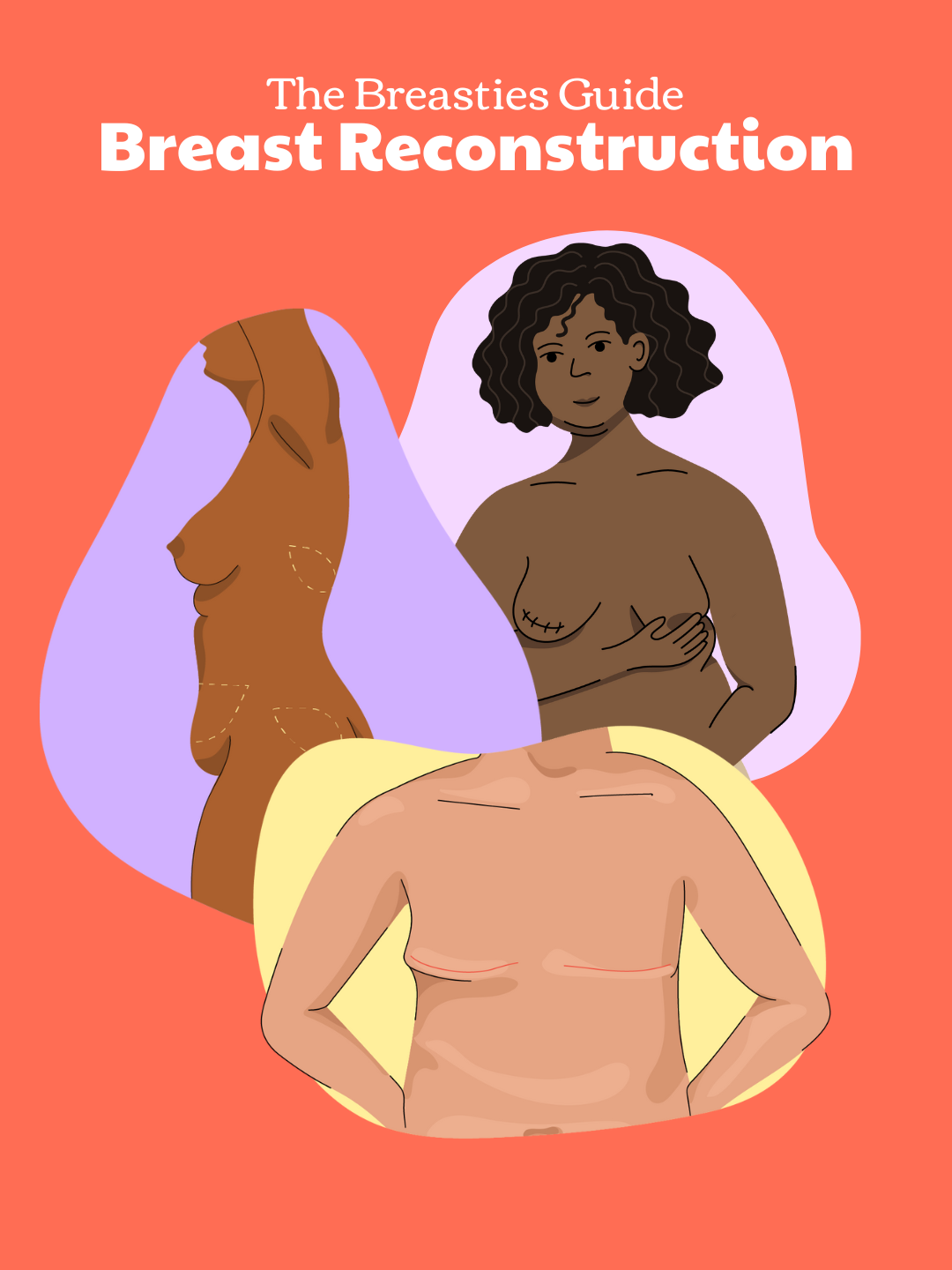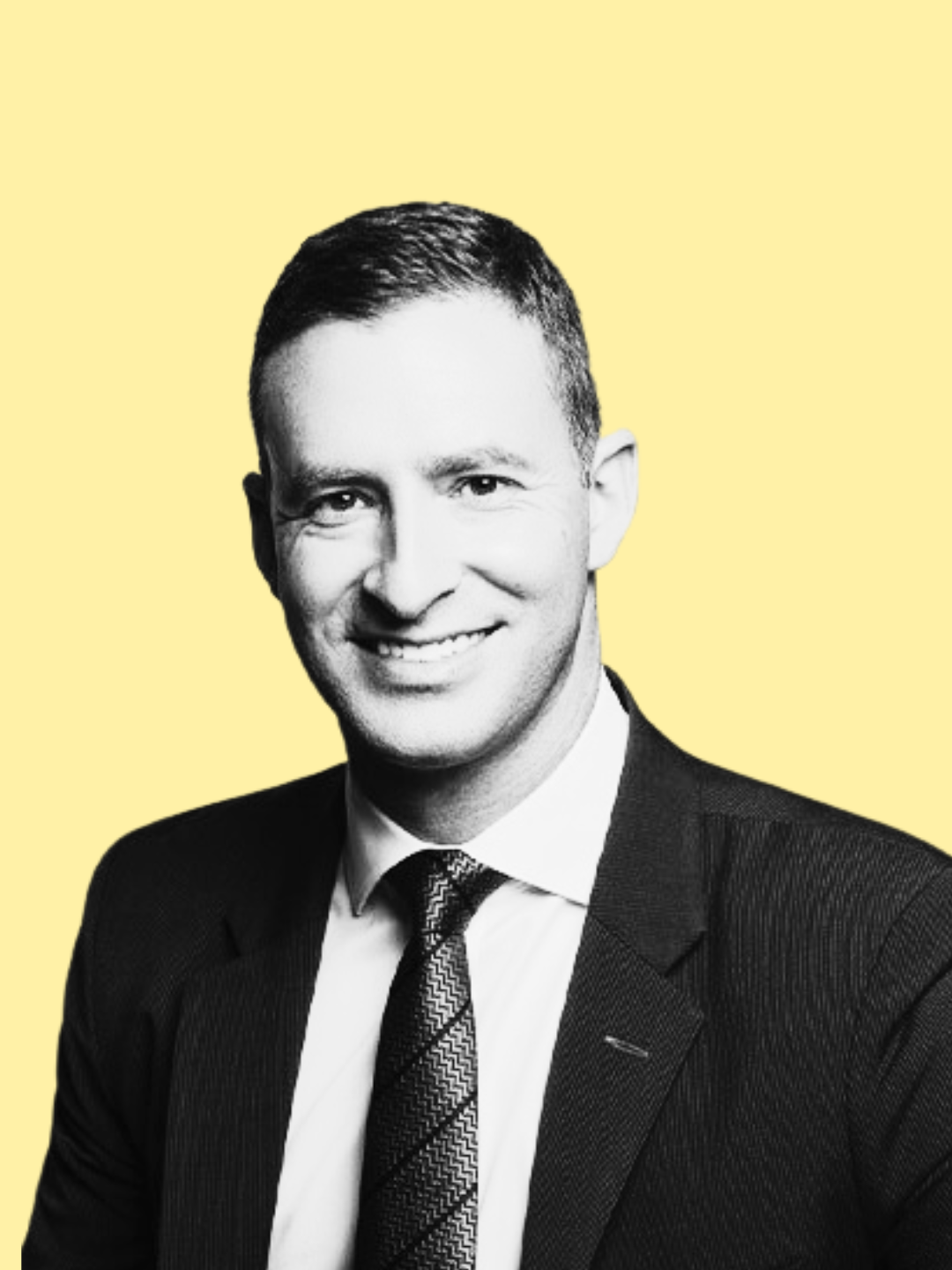“How long does it take to recover from a mastectomy?”
I would often search this online leading up to my preventative mastectomy with direct-to-implant reconstruction. I wanted to request just the right amount of time off from work and I was also trying to piece together exactly what recovery would look like.
What I learned: you’ll likely be unable to envision exactly how this will go — and please, if you’re able to, give yourself more time off than you think you’ll need.
According to most sources, it takes 4-6 weeks to physically recover from a mastectomy (note: physically recover are the operative words, and the emotional recovery is rarely addressed). What’s not so commonly discussed is that the one-month, three-month, and six-month marks feel monumental — not that you suddenly feel back to yourself — I don’t know if anyone ever does - but you feel a notable difference in what you’re able to do and how you feel.
Whether it’s the idea of adjusting to implants in your body, limited movement, nerve pain, scars, chest tightness, or just feeling discomfort, more and more time will start to pass before you’re reminded of the strangeness of what your body has been through.
Here are six things that have helped me and are continuing to help me six months out from surgery.
Disclaimer: while there can still be bumps that pop up along the way, there are also a lot of individualized factors to take into account when discussing recovery. Remember that this is my experience, and everybody is different.
1.Slowly Learning What Types of Movement Feel Good
I made the mistake of scrolling through Instagram a few weeks out from surgery and comparing myself to someone who was doing full HIIT workouts at about the same point of recovery as me. I hate to admit it, but it was subconsciously a big hit to my mental health. I was caught in the no-win game of comparison.
The truth was, I was afraid to be active in what felt like a completely foreign body.
I was also gaining weight from being relatively inactive and this contributed to feeling a persistent feeling of discomfort in my body.
Something that really helped me begin to overcome this cycle was learning what movement felt good and that it didn’t need to look or feel a certain way. Some days it was a walk or a simple stretch in the shower. Around the three-month mark, I slowly began exercising and practicing gentle yoga. Although I was “cleared” for exercising around the one-month mark, it took me a little longer to work up to it and that’s okay.
Recently surpassing the six-month mark, I feel comfortable resuming a similar exercise regimen as before surgery. And I’ve learned to accept that there might be aches and pains (or an implant flip) that sometimes gets in the way of maintaining this. Pro tip: I also wear the world’s tightest sports bra to make sure nothing feels off during an intensive workout and this has helped tremendously.
RELATED: 6 Breastie-Friendly Exercises for Post-Mastectomy Movement
2. Working with a Physical Therapist
Following surgery and the initial recovery weeks spent hunched over, my shoulders and back began to feel permanently tight and achy. Thankfully, completing physical therapy (I went twice a week for three months) made a notable difference in my comfort and range of motion. Having a physical therapist meet me where I was, in terms of mobility, and customize a plan slowly made me start to feel at home in my body again. I was also given incredibly helpful tips for keeping up with my PT at home that I still use regularly. I highly recommend finding someone that you feel comfortable with.
Pro tip: my physical therapist recommended using a half foam roller at home to help open up the chest area and reduce tightness. I use it by aligning the half foam roller with my spine, laying on top of it for 4 minutes with my arms spread out above or at my side.
3. Using Scar Sheets and Gel
Depending on your comfort level, it can be challenging to see your scars everyday as they begin to heal. Personally, I refused to look at my chest for several weeks following surgery because I knew it would be emotionally triggering to see my scars. When I finally felt ready to look at them, I used scar treatment as a way to develop a connection to my new body.
ScarAway silicone gel and sheets have hands down been the most helpful for me to keep at a reaching distance, following surgery. When cleared to do so, I began applying the silicone gel directly to my scars to help hydrate them and start diminishing their appearance. Even months out from surgery, this routine enables me to get comfortable with my chest and scars. I eventually progressed to using their silicone scar sheets and now switch off and on between the two. Make sure to ask what your doctor recommends and also reach out to community members to find out what worked for them.
We are grateful to have partnered with ScarAway this year and as part of their community giveback, you can use our Breastie discount code, 15BREASTIES, for 15% off the Deluxe Size Gel (20g) and Spray (3.4oz) on Amazon for a limited time.
According to ScarAway's site, results may occur in as little as 4-8 weeks (although results vary, of course) and the recommended duration for treatment is 60-90 days.
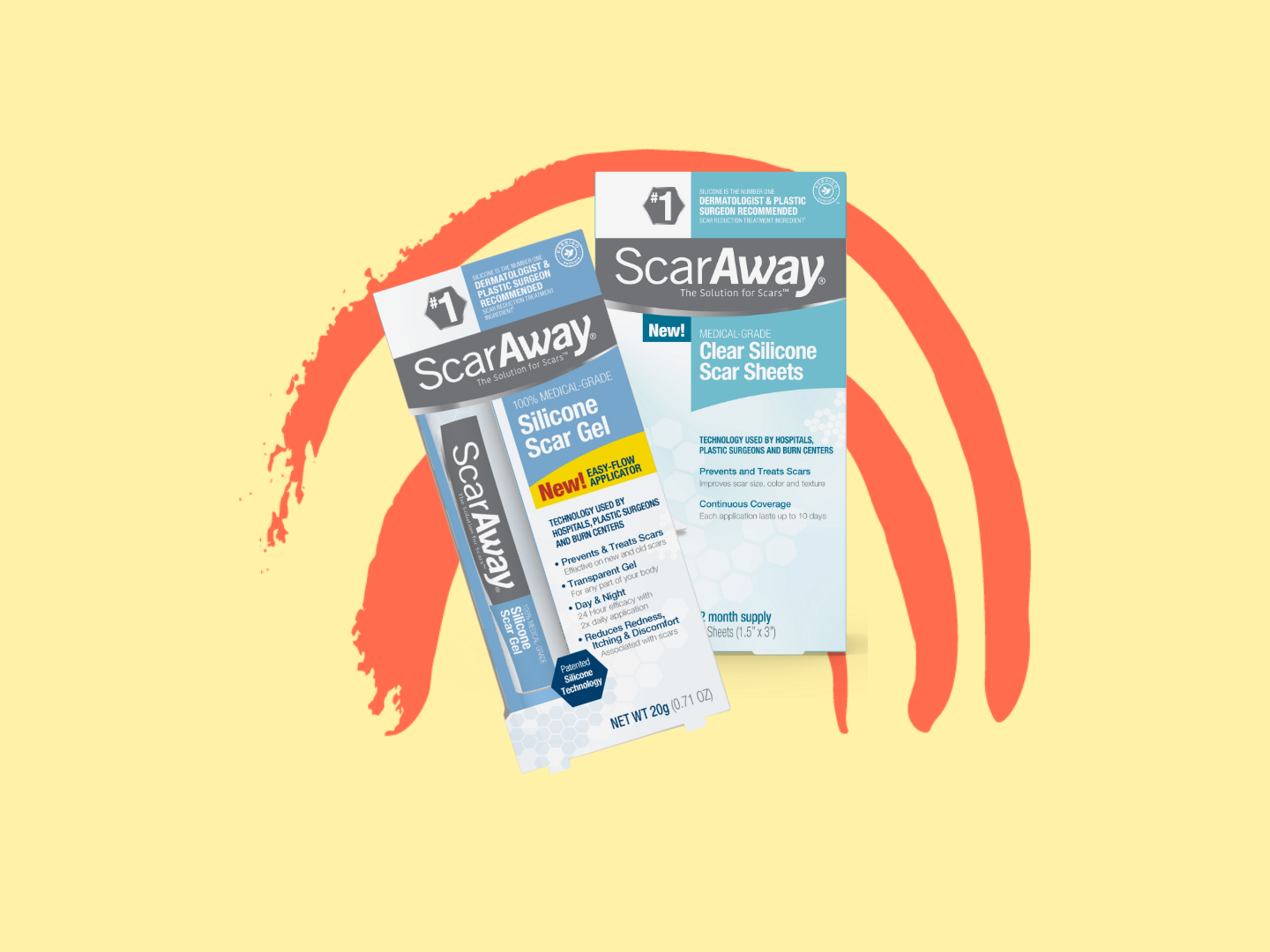
4. Practicing Implant and Pectoral Muscle Massages
Always consult with your own medical team but my surgeon advised regular implant massages after about the two-month mark to help break down scar tissue around the implant and pectoral muscles. Although it can be quite painful at first, implant and pectoral muscle massages feel incredible. You can perform a simple implant massage by pressing 2-3 fingers around the outline of your implant in a circular motion (kind of similar to how you might perform a breast self-exam). Doing this often can help with scar tissue breakdown as well as help reduce tightness and the possibility of capsular contracture.
During a physical therapy session, my PT noticed that my pectoral muscles were tight due to scar tissue build up and recommended that I use the same implant massage method on the gap connecting my arm to chest — lightly squeezing this section can feel like a nice release.
5. Journaling and Scheduling Unstructured Time
Creating time to check in with yourself has been a game changer and one of the hardest things I’ve learned through this process. A friend told me before surgery to try to keep a journal and write something down every day for as long as you can, leading up to and after surgery. I somewhat accomplished this and I’m quite proud to have recently filled my first journal from cover-to-cover. One time I wrote a long thank you letter in it to my caregiver and other times I wrote one sentence about how low I was feeling.
Being unstructured in how I journaled was freeing and released some of the pressure I created around it. Similarly, just having unstructured time for yourself can be therapeutic, especially as your mental health works behind the scenes to catch up, as mine did. What I’ve also learned is that having unstructured time allows more room for impromptu intimate moments with yourself — which are critical.
RELATED: 10 Ways I Reconnected with My Body After A Mastectomy
6. Engaging with Community Members at Similar Parts of Recovery
Before and following surgery, there were a handful of Breasties that I was fortunate enough to connect with who were at similar points in their journey, whom I had never met before.
There was something very intimate about talking to and texting someone in a similar position as you who you didn’t feel like you were unloading on.
Also, as cheesy as it sounds, it can be uplifting to be there for someone when they’re having a tough go at recovery and vice versa. Our conversations have matured from complaining about drains and not being able to sleep on our sides, to finding the best bras and physical therapy movements.
Shoutout to Maria for Facetiming with a stranger and for the now daily texts where we compare recovery symptoms!
If you’re looking for someone to connect with, I’d recommend (if you feel comfortable doing so) sharing your story on social media — this instantly connected me to several people who were either preparing for or recovering from surgery. And of course, you can also always reach out to the Breastie community to help you find your new breast friend.
